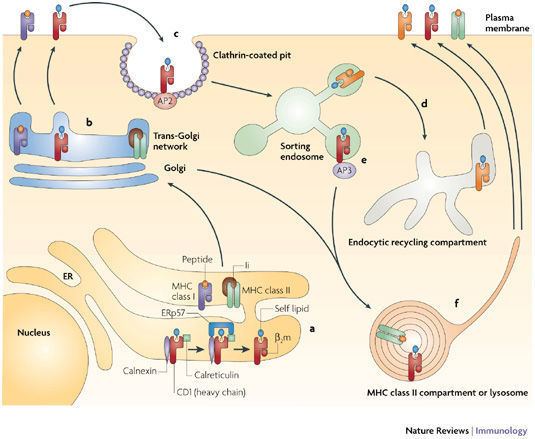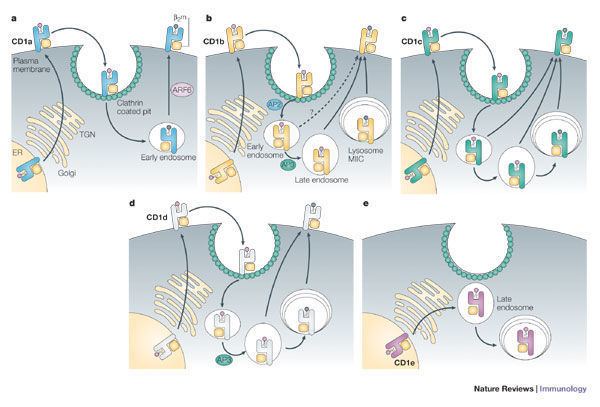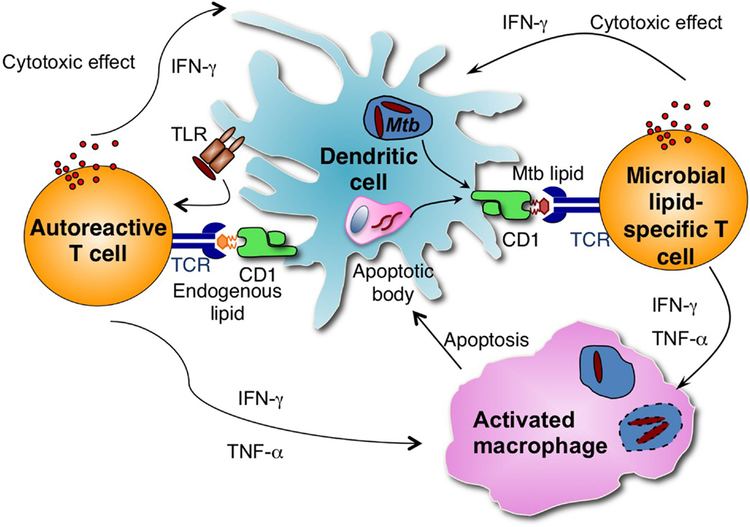Symbol CD1A Entrez 909 OMIM 188370 | Alt. symbols CD1 HUGO 1634 RefSeq NM_001763 | |
 | ||
Avicii wake me up official video
CD1 (cluster of differentiation 1) is a family of glycoproteins expressed on the surface of various human antigen-presenting cells. They are related to the class I MHC molecules, and are involved in the presentation of lipid antigens to T cells. However their precise function is unknown.
Contents
- Avicii wake me up official video
- English today cd1
- Types
- Group 1
- Group 2
- Diagnostic relevance
- In cows and mice
- References

English today cd1
Types
CD1 glycoproteins can be classified primarily into two groups which differ in their lipid anchoring.

CD1e is an intermediate form, expressed intracellularly, the role of which is currently unclear.
Group 1

Group 1 CD1 molecules have been shown to present foreign lipid antigens, and specifically a number of mycobacterial cell wall components, to CD1-specific T cells.
Group 2

The natural antigens of group 2 CD1 are not well-characterized, but a synthetic glycolipid, alpha-galactosylceramide, originally isolated from a compound found in a marine sponge, has strong biologic activity.

Group 2 CD1 molecules activate a group of T cells, known as Natural killer T cells because of their expression of NK surface markers such as CD161. Natural Killer T (NKT) cells are activated by CD1d-presented antigens, and rapidly produce Th1 and Th2 cytokines, typically represented by interferon-gamma and IL-4 production.
The group 2 (CD1d) ligand alpha-galactosylceramide is currently in phase I clinical trials for the treatment of advanced non-hematologic cancers.
Diagnostic relevance
CD1 antigens are expressed on cortical thymocytes, but not on mature T cells. This often remains true in neoplastic cells from these populations, so that the presence of CD1 antigens can be used in diagnostic immunohistochemistry to identify some thymomas and malignancies arising from T cell precursors. CD1a, in particular, is a specific marker for Langerhans cells, and can therefore also be used in the diagnosis of Langerhans cell histiocytosis. Other conditions that may show CD1 positivity include myeloid leukaemia and some B cell lymphomas.
In cows and mice
Mice lack the group 1 CD1 molecules, and instead have 2 copies of CD1d. Thus, mice have been used extensively to characterize the role of CD1d and CD1d-dependent NKT cells in a variety of disease models.
It has recently been shown that cows lack the group 2 CD1 molecules, and have an expanded set of group 1 CD1 molecules. Because of this and the fact that cows are a natural host of Mycobacterium bovis, a pathogen in humans as well, it is hoped that studying cows will yield insights into the group 1 CD1 antigen-presenting system.
